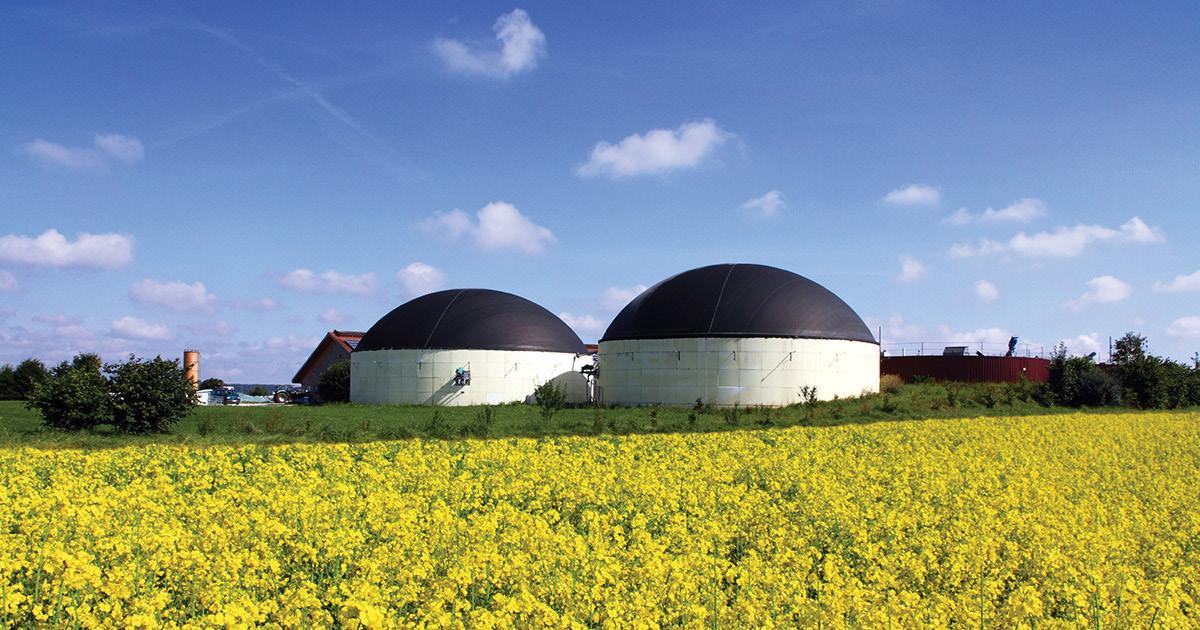HVAC
THE HOMES ACT UPDATE: WHY TACKLING CONDENSATION IS MORE IMPORTANT THAN EVER Following the introduction of the Homes (Fitness for Human Habitation) Act in 2018, increased pressure has been put on landlords to ensure their properties are adequately maintained. Condensation is a topic that continues to dominate the housing agenda, with misdiagnosis and tenant behaviour patterns negatively contributing to the problem. With this in mind, Paul Harrington at Elta Fans highlights the major issues surrounding condensation, and what landlords can do to tackle the problem.
S
tatistically speaking, currently over 1/3 of UK households operate on a tenantlandlord relationship, with occupants reliant upon their landlords to fix issues within the property. The Homes Act aims to ensure that rented properties are safe and healthy for habitation – in other words, free from things that could cause serious harm. As of March this year, this has been updated to include all rented properties, including those who have only just started renting. In some instances, it has given tenants greater power to action change, if they do not feel their property is maintained to a high enough standard, they can now take the matter to court. The court will then decide if it is fit for human habitation by considering matters which are set out in section 10 of the Landlord and Tenant Act 1985. One of the most common issues that landlords have faced, especially during the colder months is condensation. This occurs when warm air collides with cold surfaces, such as windows or external walls, and as a result can lead to a type of mould that has damaging effects on both health and structural integrity. This is a real problem for the NHS, who according to the Local Government Association, spends £2.5 billion a year treating people with illnesses directly linked to living in cold, damp conditions1. It is for this reason that landlords and contractors must get to grips with the causes and cures for condensation.
OCCUPANT BEHAVIOUR One of the main reasons that condensation is so prevalent in rented housing is its link to tenant behaviour. There are a range of activities that exacerbate these levels, especially in social housing conditions. Drying clothes indoors, for example, is something that is unavoidable for anyone who doesn’t have the luxury of outdoor space. Another common cause of condensation is the increasing inability of tenants to afford their heating bills. According to the Department for Business, 1 https://www.local.gov.uk/parliament/briefings-andresponses/cost-unhealthy-housing-nhs-house-commons26-february-2019
26
Energy & Industrial Strategy, 11% of UK households exist in fuel poverty, which means that houses are colder than they should be. Not only does this have some serious direct health implications, but also has a knock-on effect on condensation levels. This just highlights why the fight against condensation is such a challenging one for landlords, and while they may have little to no control over what their tenants do, this combined with the Homes Act places more emphasis on the need to be responsive and act quickly.
AVOIDING MISDIAGNOSIS While being responsive is crucial, an all too frequent problem that both tenants and landlords run into is the misdiagnoses of condensation as dampness or mould. Not only does this not address the problem, but it can prove costly in time and expense as damp-orientated solutions are incorrectly invested in. To help avoid misdiagnosis, landlords and tenants should avoid taking matters into their own hands and call on professionals. Damp experts should then be proactive when attending call outs and be able to correctly inform landlords on instances where it is condensation rather than damp, and recommend measures to alleviate the issue.
EFFECTIVE VENTILATION In an ideal world, we could simply reduce the amount of condensation within our homes by controlling the amount of moisture inside them. However, in many circumstances this
ENERGY MANAGER MAGAZINE • MAY 2020
just isn’t possible, and alternative methods must be applied, such as the investment in effective ventilation. This must then be balanced with the need for energy efficiency, in order to prevent fuel poverty issues from worsening. Intelligent PIV units are designed to control condensation and gently ventilate the home. They are capable of adjusting air flow depending on the moisture content and temperature of incoming air during the winter months. This ensures optimal thermal comfort for tenants, without incurring the high energy costs associated with using a heater, and integral controls allow the unit to be responsive to the individual requirements of a home.
THE KEY CHANGES It’s clear to see that the types of behaviour that increase instances of condensation are largely the same as they always have been. The Homes Act however, has understandably been a key change for landlords who find themselves under more pressure to act and be responsive. The spotlight has been shifted onto the housing providers, and therefore the conditions of their properties. Everybody though, has a responsibility to understand the symptoms, causes, and treatments for condensation, whether they are a landlord, damp proofer, or anyone associated with delivering ventilation to a home. To help with this, Elta Fans has created a guide to combatting condensation, which can be found here: https://www.eltafans.com/divisions/ residential/combatting-condensation/













